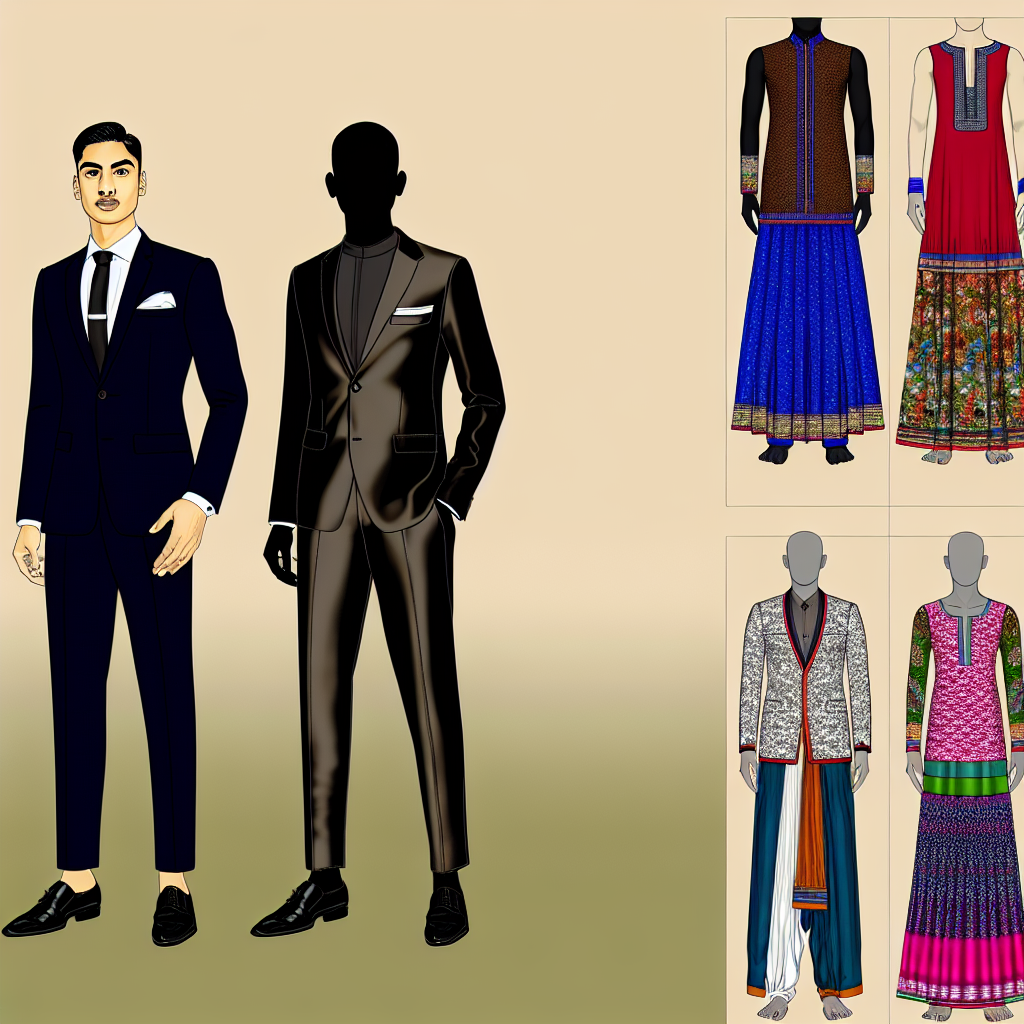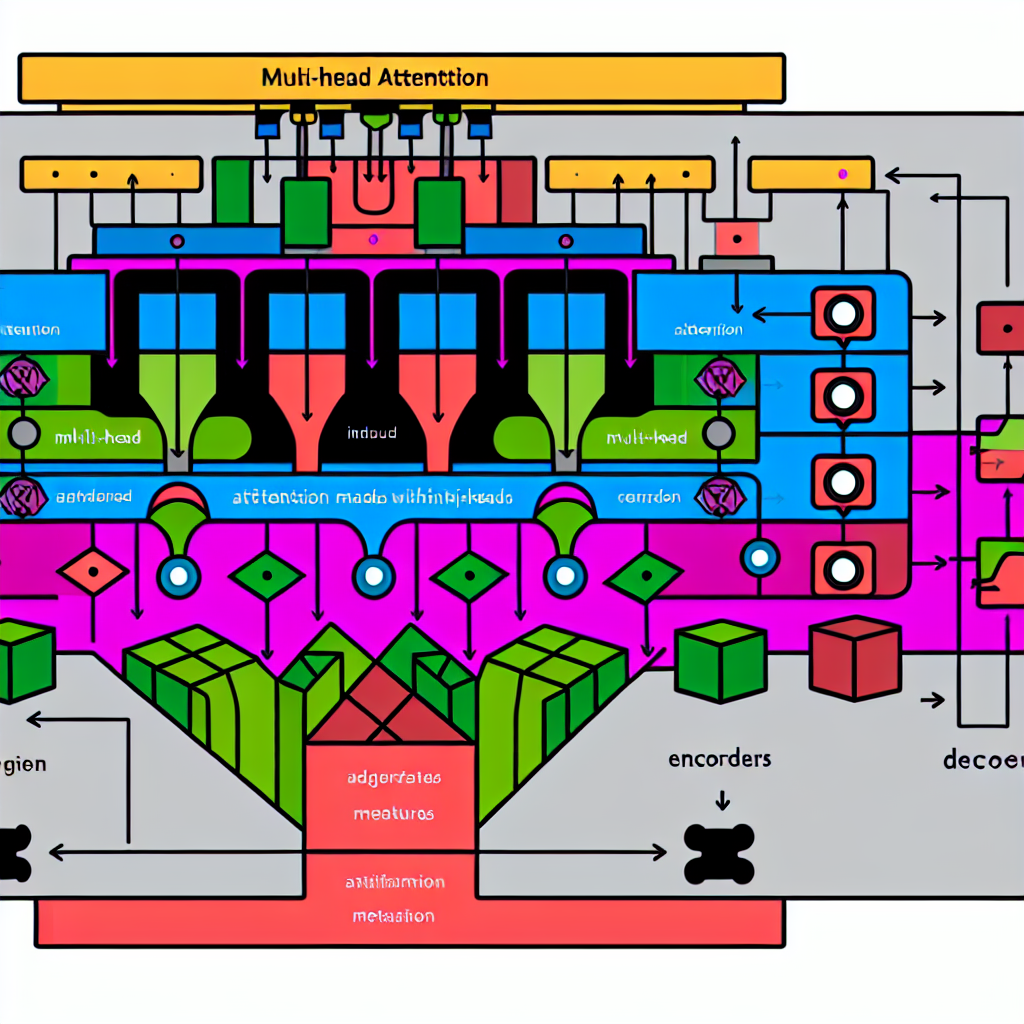AI Fashion: 5 Essential Ways GenAI Design is Revolutionizing Fashion in 2025
As the fashion industry continues to evolve in 2025, the integration of GenAI design is paving the way for revolutionary advancements. AI fashion isn’t just a trend; it’s transforming the way designers create and consumers experience fashion. From automating design processes to personalizing styles, AI technology is addressing the industry’s growing demands for sustainability and efficiency. This article explores how GenAI is at the heart of these changes, offering insights for AI and Data Science professionals.
Understanding GenAI in Fashion
Generative AI, or GenAI, refers to sophisticated algorithms that can create new content such as designs, music, and poetry. In the context of fashion, GenAI plays a pivotal role by automating complex design tasks, enabling designers to generate innovative patterns, textures, and styles with unparalleled speed and precision.
The application of GenAI in fashion revolves around leveraging Machine Learning models that digest vast amounts of data—from past designs to current fashion trends—allowing designers to anticipate future trends. This not only reduces time to market but also supports sustainable practices by minimizing fabric waste and optimizing material usage.
Key Applications of AI Fashion Design
Personalized Fashion
AI algorithms are adept at analyzing consumer preferences and generating custom designs that appeal uniquely to individual tastes. Personalized fashion enhances customer satisfaction and brand loyalty by delivering bespoke garments that mirror consumer desires.
Virtual Try-On Experiences
Integrating AI in virtual try-on tools offers consumers the ability to visualize clothing without physically wearing them. These tools employ computer vision and AR technologies, transforming online shopping by reducing return rates and improving the buying experience.
Design Automation and Trend Forecasting
With AI’s capability to automate repetitive tasks, designers can focus on creativity instead of mundane activities. Furthermore, predictive algorithms analyze market trends, historical data, and social media feeds to forecast future fashion trends, allowing brands to stay ahead of the curve.
Real-World Examples and Case Studies
Numerous fashion companies have successfully incorporated AI to streamline their operations. For instance, leading brands such as Nike and Adidas utilize AI-driven insights to predict consumer demand, guide design decisions, and manage supply chains more efficiently.
Another notable case study is a startup that leverages GenAI to create unique, sustainable fashion lines tailored to niche markets. By integrating AI fashion techniques, these startups significantly reduce time wastage, while also catering to growing consumer demands for ethical fashion.
Future Trends in AI Fashion
The future of AI fashion in 2025 and beyond promises further integration of advanced technologies like blockchain to ensure garment traceability, thereby enhancing sustainability and authenticity. Additionally, 3D printing and AI will likely merge, enabling ultra-customized fashion experiences with reduced environmental impact.
Moreover, as AI becomes more sophisticated, we’ll see a rise in collaborative AI-human interfaces that amplify creative capabilities, allowing designers to push the boundaries of traditional fashion design.
FAQs
- What is GenAI’s role in sustainable fashion?
- GenAI aids sustainable fashion by optimizing the design and production processes, minimizing fabric waste, and customizing apparel to reduce excess inventory.
- How does AI improve trend forecasting in fashion?
- AI enhances trend forecasting by analyzing large-scale datasets, identifying patterns, and predicting future trends with a high degree of accuracy.
- Can AI replace human designers in fashion?
- While AI significantly enhances design efficiency and creativity, it complements rather than replaces human designers, offering tools that enable designers to explore new horizons.
- What are the ethical considerations of using AI in fashion design?
- Ethical considerations include data privacy concerns, the potential for reduced employment opportunities, and the need for transparency in AI-driven decisions.
Conclusion
AI fashion, powered by GenAI, is undoubtedly transforming the fashion industry, offering innovative solutions to longstanding challenges while opening new avenues for creativity and efficiency. As we steer into the future, embracing these technologies is essential for designers, brands, and consumers alike.
Stay updated with the latest advancements in AI, GenAI, and Data Science to remain at the forefront of this evolving industry by exploring valuable insights on AI Blogs, GenAI Blogs, and Data Science Blogs. Don’t miss the opportunity to subscribe for regular updates and actionable insights.



